Curry powder as commonly sold in Western markets isn't traditionally used in India. Most authentic Indian households create fresh spice blends for specific dishes rather than using a single pre-mixed 'curry powder.' The commercial curry powder concept was largely developed during the British colonial period as a convenient way to recreate Indian flavors abroad.
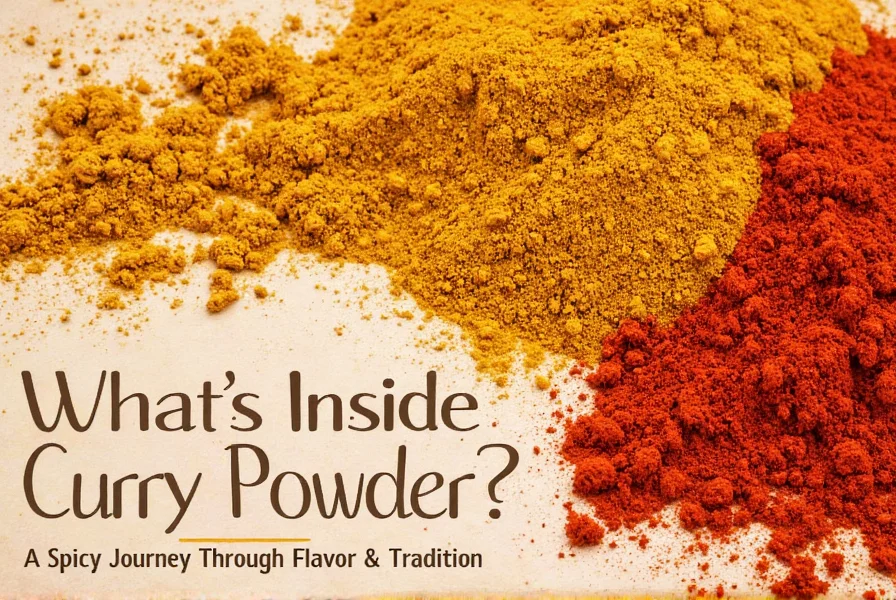
Understanding Curry Powder in Indian Cooking: Myth vs Reality
Despite its name, 'curry powder' doesn't exist as a standardized blend in traditional Indian kitchens. The term 'curry' itself comes from the Tamil word 'kari' meaning sauce, but Indians don't refer to a universal spice mix called 'curry powder.' Instead, each region, family, and even dish has its own unique spice combination. What Western markets sell as 'curry powder' is actually a British colonial invention designed to approximate Indian flavors for export.
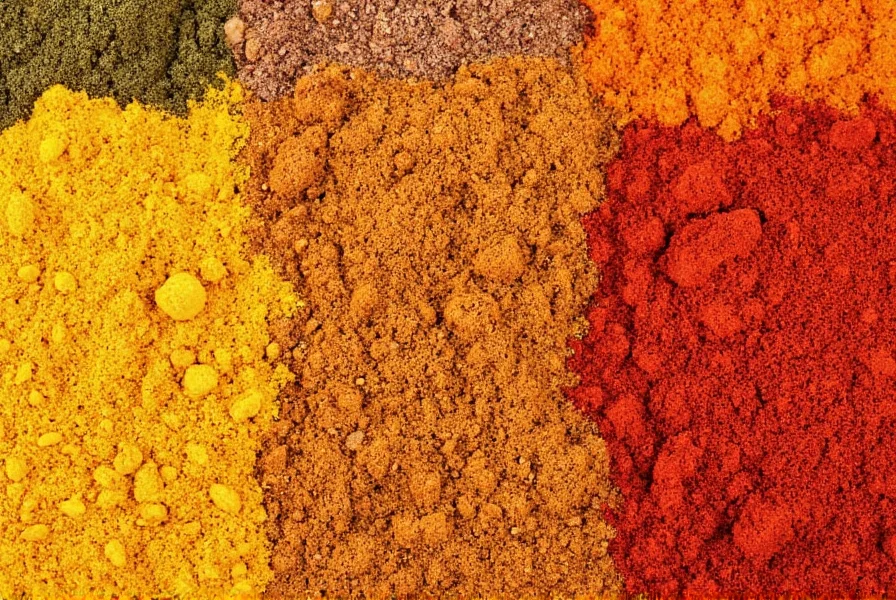
Regional Spice Blends That Western Markets Call 'Curry Powder'
While India doesn't have a single 'curry powder,' various regional masala blends serve similar purposes in local cooking:
- Sambar Powder (South India): A roasted blend of coriander, cumin, fenugreek, lentils, and dried red chilies used in lentil-based vegetable stews
- Godha Masala (Gujarat): Features coriander, cumin, sesame seeds, and dried coconut for vegetarian dishes
- Garam Masala (North India): A warming blend typically containing cardamom, cloves, cinnamon, and black pepper added at the end of cooking
- Panch Phoron (Bengal): A five-spice blend of fenugreek, nigella, cumin, black mustard, and fennel seeds used as tempering
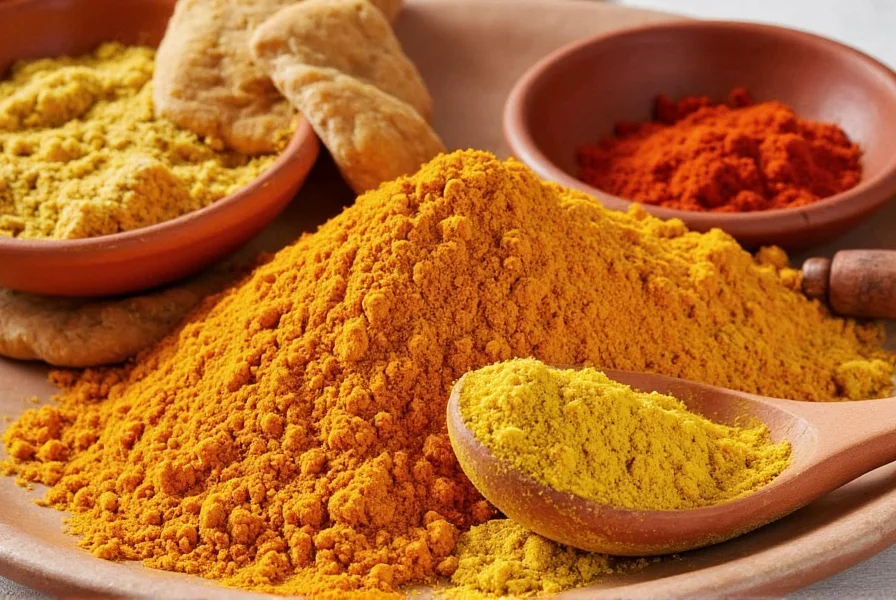
The British Colonial Origin of Commercial Curry Powder
During the 18th and 19th centuries, British colonizers in India encountered numerous regional spice blends. When returning to Britain, they sought to recreate these flavors but lacked access to fresh spices and knowledge of proper combinations. This led to the creation of 'curry powder' - a standardized yellow blend heavy on turmeric, with added coriander, cumin, and fenugreek. By the 1820s, commercial curry powders were being mass-produced in Britain and exported back to India.
Today's Western curry powders typically contain:
- Turmeric (for color)
- Coriander
- Cumin
- Fenugreek
- Ginger
- Chili peppers
- Garlic powder
- Mustard
Authentic Ways to Use Indian Spice Blends
If you're looking to cook authentically Indian dishes, here's how to properly use regional spice blends instead of Western-style curry powder:
- For South Indian dishes: Use sambar powder for lentil stews or rasam powder for soups. Add after tempering mustard seeds and curry leaves.
- For North Indian curries: Layer flavors by first creating a 'tadka' (tempering) with whole spices, then adding garam masala near the end of cooking.
- For Bengali cuisine: Use panch phoron for tempering vegetables or fish, but never grind it into a powder.
- For spice pastes: Freshly grind spices with ginger, garlic, and green chilies for curries instead of using pre-mixed powders.
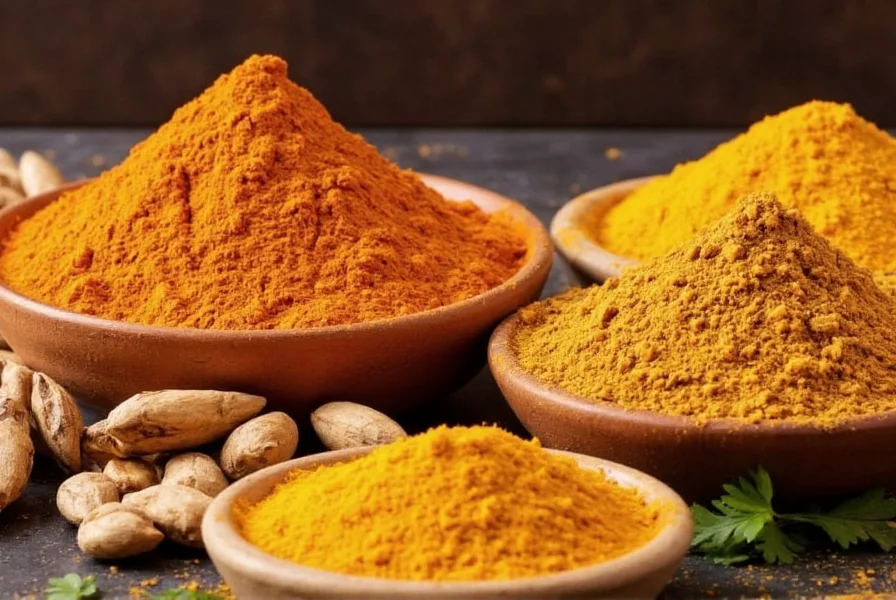
What to Look for When Buying Indian Spice Blends
When purchasing spice blends labeled as 'curry powder' in India or abroad, use this guide to identify quality products:
| Product Type | Authentic Characteristics | Warning Signs | Regional Alternative |
|---|---|---|---|
| "Curry Powder" | Contains turmeric, coriander, cumin | Added fillers like wheat flour or rice flour | Sambar powder for South Indian cooking |
| "Madras Curry Powder" | Bright yellow color, moderate heat level | Overpowering artificial flavor | Chettinad pepper fry masala |
| "Vindaloo Powder" | Contains Kashmiri chilies, black pepper | Excessive salt content | Goan recheado masala |
| "Tikka Masala Spice" | Includes dried mango powder, cardamom | Powdered onion/garlic instead of fresh | Kashmiri ver masala |
True quality indicators: Look for products listing only whole spices (not extracts), with no added salt, MSG, or anti-caking agents. The best blends will specify their regional origin and traditional usage.
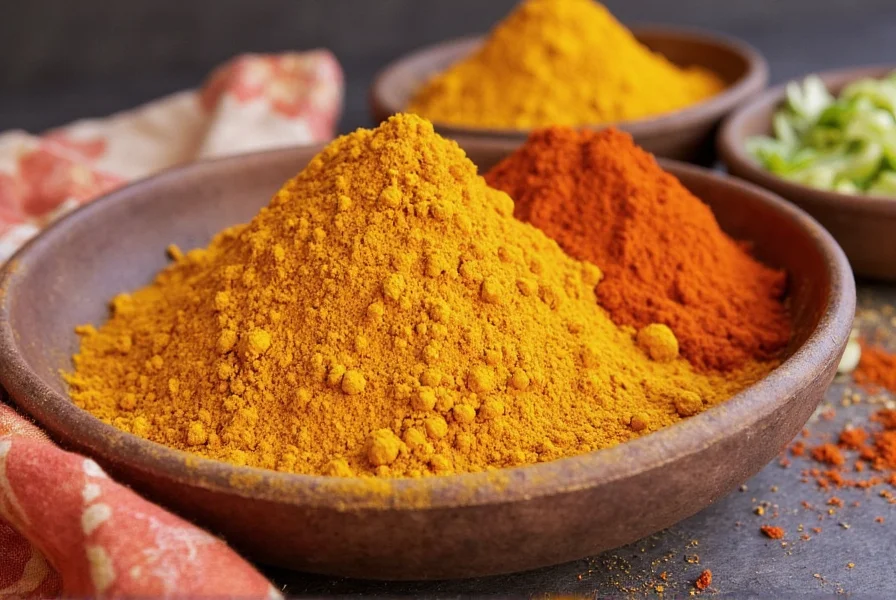
Creating Authentic Indian Flavors Without 'Curry Powder'
For truly authentic results, skip commercial curry powder and create these foundational spice combinations:
- All-Purpose Base Masala: 2 tbsp coriander seeds, 1 tbsp cumin seeds, 1 tsp turmeric, 1 tsp fenugreek seeds, 2 dried red chilies. Dry roast and grind.
- Kerala Fish Curry Masala: 1 tbsp coriander, 1 tsp cumin, 1/2 tsp black pepper, 3 curry leaves, 1/2 tsp mustard seeds. Roast with grated coconut.
- Delhi Butter Chicken Masala: 1 tbsp coriander, 1 tsp cumin, 1/2 tsp cardamom, 1/2 tsp cinnamon, 1/4 tsp cloves, 1/4 tsp nutmeg. Add to tomato-based gravy.
Common Misconceptions About Curry Powder in India
Do Indians use curry powder?
No, traditional Indian cooking doesn't use a single 'curry powder.' Each dish uses specific spice combinations prepared fresh. What Western markets call 'curry powder' is a British invention. Indians refer to specific masalas like garam masala, sambar powder, or chaat masala for different dishes.
What's the difference between Indian curry and Western curry powder?
Indian 'curry' refers to any spiced sauce or stew (the word doesn't exist in Indian languages), while Western 'curry powder' is a standardized yellow spice mix. Authentic Indian dishes use multiple spice blends added at different cooking stages, whereas Western recipes typically use one pre-mixed powder.
Can I substitute curry powder in Indian recipes?
You can, but results won't be authentic. For South Indian recipes, use sambar powder. For North Indian dishes, create a simple garam masala (cardamom, cloves, cinnamon). For best results, follow traditional recipes that specify individual spices rather than relying on curry powder substitutes.
Why doesn't India have a standard curry powder?
India's diverse regional cuisines developed unique spice combinations based on local ingredients and traditions. There are over 30 distinct culinary regions in India, each with specialized masalas. The concept of a universal 'curry powder' contradicts India's culinary diversity where spice blends are carefully tailored to specific dishes.
Embracing Authentic Indian Spice Traditions
Understanding that 'curry powder' isn't authentically Indian opens the door to exploring India's rich spice traditions. Instead of relying on a single pre-mixed powder, try experimenting with regional masalas and fresh spice combinations. Start with basic whole spices like cumin, coriander, and mustard seeds, and gradually incorporate more specialized blends as you become familiar with different regional cuisines.
The most authentic Indian cooking comes not from convenience blends, but from understanding how spices work together, when to add them during cooking, and how to adjust for freshness and quality. By moving beyond the myth of 'curry powder,' you'll discover the true depth and diversity of Indian culinary traditions.
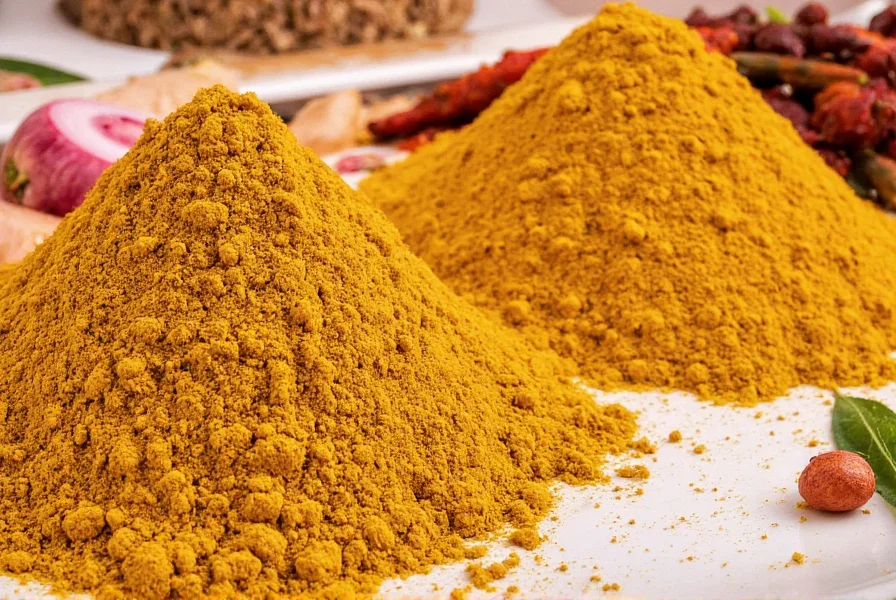

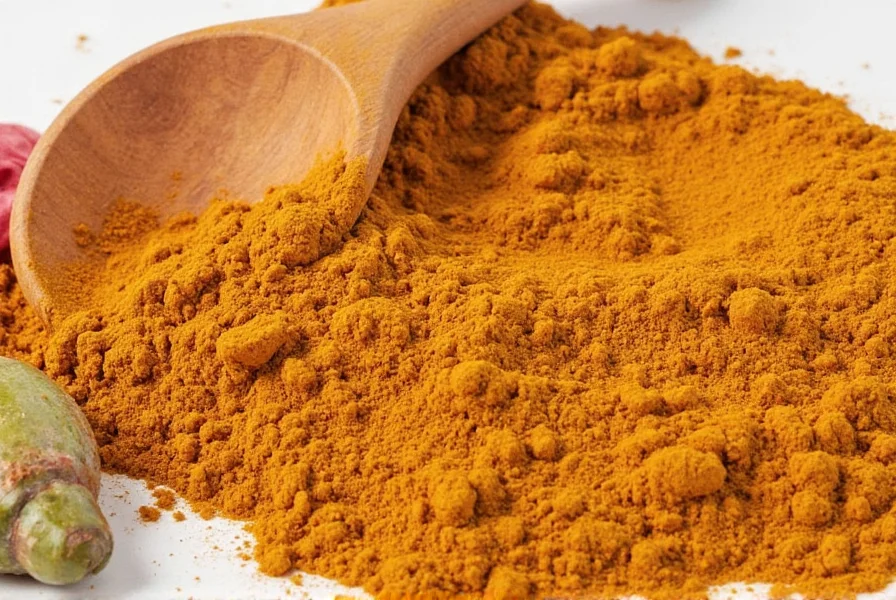









 浙公网安备
33010002000092号
浙公网安备
33010002000092号 浙B2-20120091-4
浙B2-20120091-4